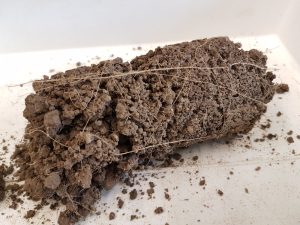
Biogeochemical cycles driven by biodiversity at the land-sea interface
The biogeochemical cycles are strongly related to the living organisms of the ecosystems, from the photosynthesis to the decomposition and persistence functions. Dr Abiven’s team from CNRS and Ecole Normale Supérieure Ulm, will take advantage of the TREC expedition to study carbon, nitrogen and phosphorus cycles in soils, sediments and water, and relate their dynamics and long term persistence to the living organisms.
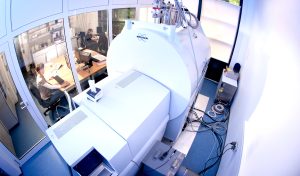
Microbe-DOM interactions along coastal gradients
Environmental factors control Microbe-DOM (dissolved organic matter) interactions that result in the consumption, modification and extreme diversification of dissolved organic compounds and are central to marine carbon cycling and sequestration. The interrelations between environmental gradients along the European coast and the fate of DOM will be the focus of Thorsten Dittmar’s lab at the University of Oldenburg during the TREC expedition.
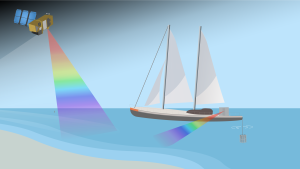
Hyperspectral Bio-Optical Observations Sailing on Tara (HyperBOOST)
The 2-year project funded by The European Space Agency focuses on the validation of satellite data through in situ observations collected via the TREC (TRaversing European Coastlines) expedition around the European coast.
Using new and existing instrumentation and sampling methods, the project provides vital data for optically complex coastal waters to help monitor biodiversity.
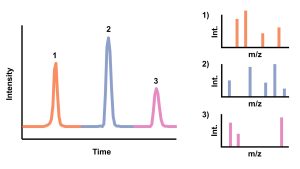
Chemical profiling of xenobiotics and microbial pollutant degradation
The Zimmermann group (EMBL) will track the abundance of xenobiotics at different sites, focusing on compounds such as pesticides, pharmaceuticals, antibiotics and synthetic hormones. A major aim is to define environmental biomarkers of pollutant exposure, such as microbial taxa or enzymes responsible for degrading these chemicals, or the downstream transformation products released into the environment following microbial degradation.
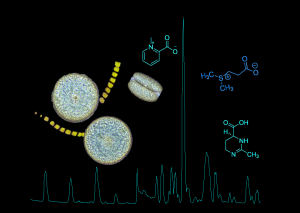
Chemical fingerprinting of marine plankton
The work of the Pohnert-group focuses on the study of chemical signals within plankton and their impact at the scale of planktonic communities. During the TREC project, we will use Liquid Chromatography coupled with Mass Spectrometry (LC-MS) to determine the chemical fingerprint of marine plankton and elucidate the impact of different environmental factors on the metabolome of the marine microbiome.
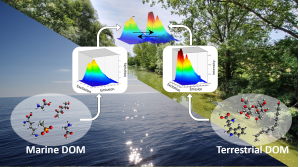
Carbon fluxes at the land-sea interface: the crucial role of DOM
Santinelli’s group at the Biophysics Institute (CNR, Pisa) will gain new insights into the main processes affecting the largest reservoir of organic carbon on our planet (Dissolved Organic Matter, DOM) at the land-sea interface and will quantify the dissolved organic carbon input from land to the coastal European areas. DOM concentration and quality have been reported to affect microbial biodiversity and ecosystem functioning.
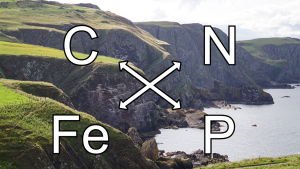
Metagenomic insights into nutrient cycling dynamics
This project leverages metagenomics to capture the distribution and dynamics of microbial nutrient cycling pathways. By integrating large datasets from diverse ecosystems, it aims to unveil global patterns of carbon sequestration and nitrogen fixation, highlighting the impact of anthropogenic activities. Led by the Bork group, this research endeavors to provide cross-environment insights into the microbial underpinnings of nutrient cycling.
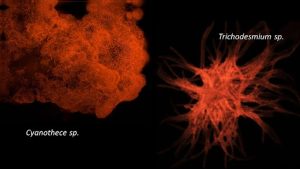
Coastal Diazotrophy along the Mediterranean coast
Nitrogen is a key building block for life but its availability is often limited in the ocean. Diazotrophs can overcome this limitation by converting the N2 gas into bioavailable nitrogen. In this project, a team of researchers from Ifremer, CEA, UBO and SZN will measure N2 fixation rates along the mediterranean coastline and combine it with immunolabeling to identify the key players.

Dissolved gas measurements in oceanic and coastal waters
This project, led by Ulisse Cardini (SZN), investigates dissolved oxygen, nitrogen, and dimethylsulfide (DMS) saturation in coastal waters to assess key biological processes and understand their role in climate regulation at the land-sea interface. Our work contributes to the Tara Europa and BiOcean5D projects, integrating with TREC to improve climate models and ocean health predictions.
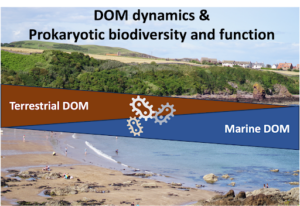
An inseparable liaison: microbial diversity and DOM dynamics in coastal areas
This project investigates the link between microbial diversity and functions and DOM (DOC concentration and optical properties) at the land-sea interface. In collaboration with the Santinelli group in Pisa, the Bork group at EMBL will investigate the role of different pools of DOM (defined based on their optical properties) in shaping the biodiversity and ecosystem functions of marine microbes. This research will enhance our understanding of carbon fluxes and transformations in coastal ecosystems.
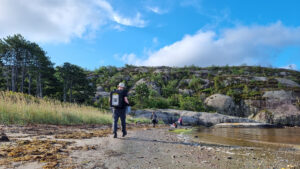
Biogeography of diazotrophs in the coastal ecosystem
This project will use metagenomic and environmental data from the TREC expedition sampling to study microbial nitrogen cycling. By linking gene abundances and genomic data with pollution and environmental metadata, the Bork group at EMBL aims to understand how human activity shapes the coastal nitrogen cycle and identify novel nitrogen fixers.
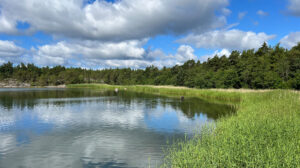
Human Impact on the Global Microbial Nitrogen Cycle
This project investigates how human activities, such as pollution and climate change, disrupt microbial nitrogen cycling in oceans and soils. By scaling from TREC samples to global metagenomic data sets, it aims to map nitrogen-related microbial processes, assess pollution effects, and identify bioindicators. Led by the Bork group, this research supports sustainable ecosystem management and pollution monitoring.
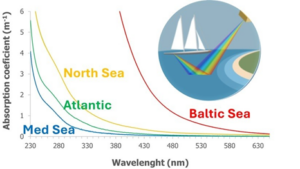
Capturing DOM dynamics in coastal areas using satellite
Satellite is a powerful tool to investigate DOM dynamics in coastal areas, where terrestrial inputs vary in both space and time and play a crucial role in carbon budget. With the support of ESA HyperBOOST project, Santinelli’s group (CNR, Pisa), in strict collaboration with Emmanuel Boss (UMaine), will use TREC DOM data to validate available satellite algorithms for CDOM and DOC and to eventually improve their performance, opening to the possibility to fill many of the gaps in knowledge with a focus on anthropogenic activities and climate change impacts on DOM dynamics












